This week, we take a look at the bizarre history of a single text — Senkyou Ibun, or Strange Tidings from Another World — and the two people responsible for creating it: the famous scholar Hirata Atsutane, and a boy named Torakichi who claimed to have lived in Japan’s spirit world.
Sources
The majority of this episode is based on sources from:
Hansen, Wilburn N. When Tengu Talk: Hirata Atsutane’s Ethnography of the Other World.
and Hansen’s other work on the subject:
Hansen, Wilburn N. “The Medium is the Message: Hirata Atsutane’s Ethnography of the World Beyond.” History of Religions 46, No. 4 (May 2006), 337-372
Images
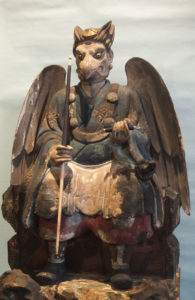
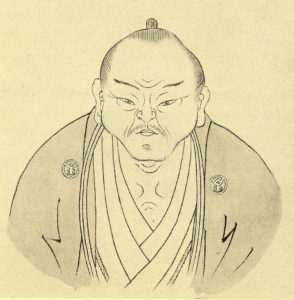
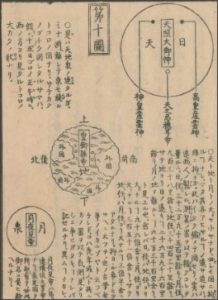
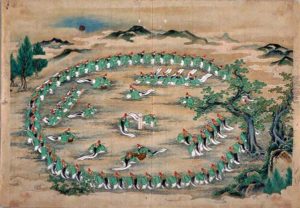
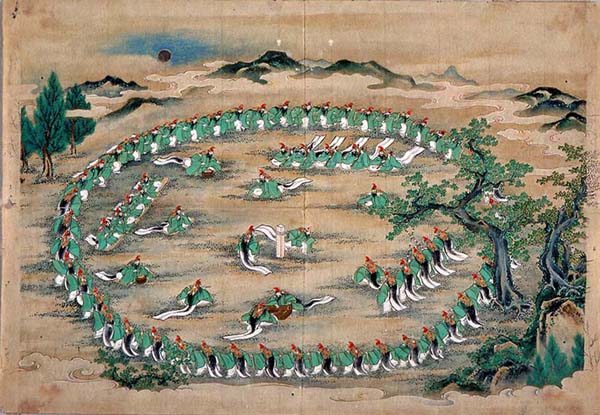
You mentioned in this episode that Shinto is an anachronistic term. But many of the quotes from Hirata and Torakichi use the phrase “the way of the kami.” Is this not what 神道 literally means? What term did they use instead during the Edo Period for “the way of the kami?”
I’d have to go back and look at the exact quote, but my intention was to convey the idea that calling Shinto a religion would be anachronistic, as anything approaching dogmatic codification didn’t really start until the Meiji Era. Also, “Shinto” as a reading was likely not used by Hirata; a lot of kokugakusha used “kaminomichi” instead because the on’yomi reading is too Chinese in its origins.
That’s a great question, I should have clarified more.
So Torakichi also said “kami no michi”? Was this the term used by the common people, or did they not have a word for all the indigenous animist traditions? Or did the shinbutsu-shugo mean that people couldn’t conceptually separate the Buddhist from the Shintō traditions, like how we in the West can’t separate Christmas or Easter from Christianity despite being pagan holidays?
My understanding is very much the latter, to the point that I’ve seen some scholars (I’m blanking on names at the moment) talk about a single religion of “Shinto-Buddhism” rather than two distinct traditions. This is why the Meiji government had to put so much effort into its program of “Shinbutsu bunri”, the separating out of Shinto from Buddhism so as to elevate the former.